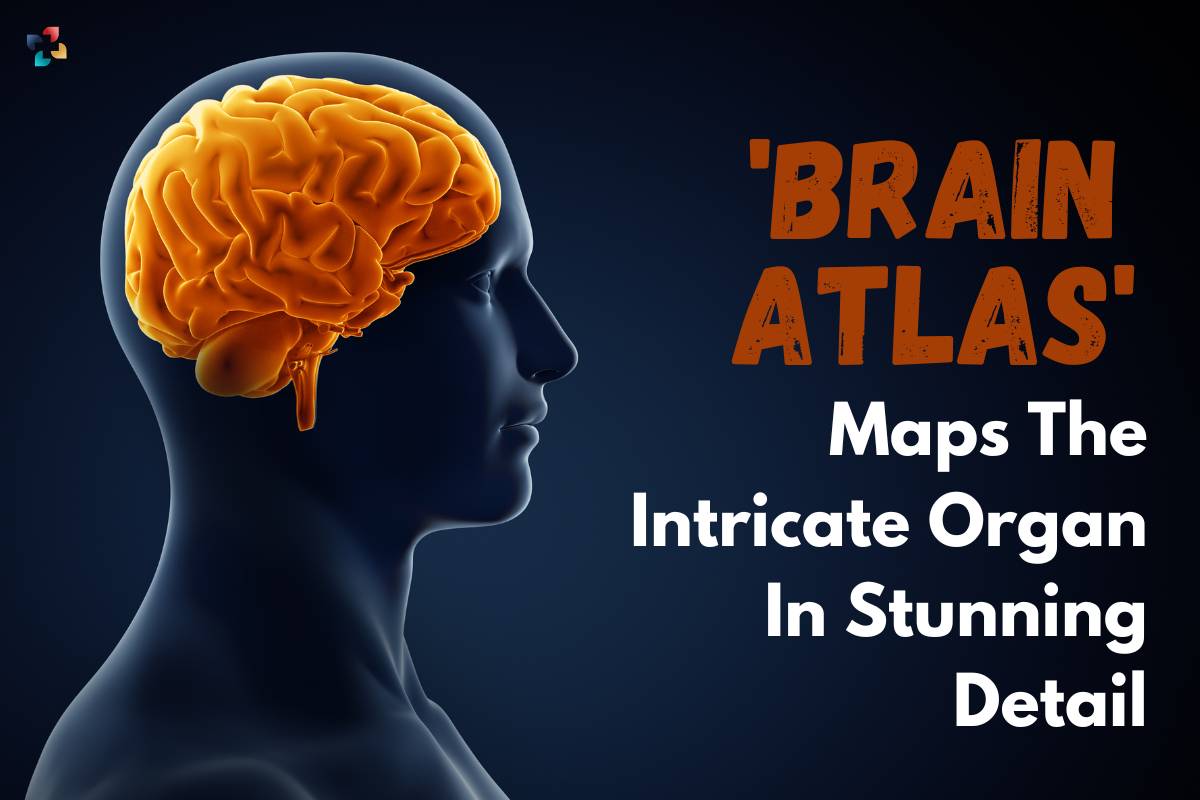In a stunning collection of more than 3,000 different types of brain cells that together give rise to emotion, thought, memory, and illness, scientists on Thursday released the most intricate and detailed depiction of the human brain to date.
The meticulous work is a component of the $3 billion government-funded Brain Research Through Advancing Innovative Neurotechnologies (BRAIN) initiative, which aims to create tools and technology to comprehend and map the human brain. By presenting a preliminary parts list for the most complex organ researchers have ever investigated, the findings, which were published in 21 papers across different journals, are beginning to unravel the mystery of the brain.
“Each part of the brain is as complex as another organ,” asserted Ed Lein, a neuroscientist at the Seattle-based Allen Institute for Brain Science and the principal investigator on a number of the new studies. He declared, “This is the first really comprehensive description of this.” “I don’t know how we’re ever going to understand brain diseases if we don’t understand it at that kind of level of granularity,” the author said.
The studies show that the cell types that make up the human brain are comparable to those that compose the human brains of other primates. That means the complex cognitive talents possessed by humans may be explained by variations in how those cell types are joined as well as in the expression of just a few number of genes. The publications also offer a sneak preview of how these methods may be used to explain how the human brain evolves over time, how distinct average adult brains are from one another, and how the developing brain becomes susceptible to complex illnesses like autism and schizophrenia.
Henry Greely, a Stanford University law professor with expertise in biomedical technology ethics who served on a council that helped to direct the project in the past, compared it to sending a spacecraft to orbit another planet and collect pictures. “The work on the human brain has done that,” he continued, “you see where there are mountains and valleys, and you see the ice caps.”
Greely continued, “It has shown a highly intricate object, possibly the most complex physical object we are currently aware of in the universe. In many ways, the current batch of papers, he pointed out, was not a finished product but rather an interim report on a lengthy endeavour. You must work diligently on the ground, acre by acre.
A frighteningly large organ
Santiago Ramón y Cajal, a Spanish neuroscientist, created some of the very first detailed illustrations of various types of brain cells more than a century ago. But the 86 billion neurons and about the same number of glial cells that make up the human brain make it frighteningly large. By employing the newly discovered ability to categorise various cell types according to their specific molecular properties, including which genes are active, the human brain initiative, which was unveiled a decade ago, enhanced the categorization system.
In a study that was published in the journal Science, scientists utilised that method to examine three human donors’ brains and count more than 3,000 different cell types. Although it is not a final tally, it represents the most thorough draught to yet. Trygve Bakken, a different neuroscientist at the Allen Institute, estimated that the lung may include 100 different cell types to put that figure in perspective. One aspect of the effort is to determine what makes up a typical human brain.
Additionally, researchers must comprehend how the circuits function, how the human brain develops, how they alter, and what happens in neurological disorders. In one study, researchers looked at the brains of children who had died from different causes to see if those who had experienced inflammation had cellular effects on their brains. Golgi and Purkinje neurons, two important types of neurons, were discovered to be changed. They are currently looking for parallel changes in the brains of adults with autism and schizophrenia.
Parkinson’s and Alzheimer’s disease, two conditions whose exact causes and mechanisms are still largely unknown, are being studied in other research. According to John Ngai, the head of the human brain initiative, “the difficulty with many neurological and neuropsychiatric disorders is that we don’t know what portion of the brain is functioning suboptimally.” “This gives us a way in, which is cool,” someone said.
The human brain initiative’s other components are currently developing. Over 1,300 programmes have received funding from the National Institutes of Health. As complexity increases, new problems are raised, making it one of those scientific pursuits that, in theory, could never be completed. Even researchers who were eager to finish cataloguing so they could begin asking more focused inquiries have been surprised by what has already been uncovered.
“When it first began five years ago, I believed that we would soon pass the atlas phase. Seth Ament, a researcher from the Institute for Genome Sciences at the University of Maryland School of Medicine who worked on the inflammation study, said, “It’s not the intriguing stuff. The more time we spend here, the more amazed I am that our DNA can produce such a variety of brain cells. It’s essential to how our brain functions.
The paint’s composition
The second phase of the study has already begun, and researchers are working to build even more comprehensive atlases with more brains. The ultimate goal is to gain a precise understanding of what goes wrong in conditions that affect the human brain yet have stubbornly resisted considerable advancement. In clinical trials, many medications that showed promise in laboratory studies ultimately turn out to be ineffective. Scientists trying to determine when an animal model, or even a simplified brain organoid generated in a dish, might be a reasonable representation of a brain and when it falls short, will benefit from the work.
This will be a gradual process, Paola Arlotta, chair of the stem cell and regenerative biology department at Harvard University, who was not involved in the new studies, said in an email. “We first need to understand the constituents of the human brain, gaining understanding of its myriad of cell types.” When it comes down to it, we’d really like to know how these cells work together to achieve specialised function.
The brain initiative’s chair until 2015 was Thomas Insel, a former director of the National Institute of Mental Health. Since then, he has concentrated his efforts on developing innovative approaches to treating mental illness rather than on neuroscience. In his book “Healing: Our Path from Mental Illness to Mental Health,” he remembered the parent of a child patient who complained that neuroscience was too preoccupied with biological specifics while people were in pain. The parent reprimanded him, saying, “Our house is on fire, and you are focused on the chemistry of the paint.”
Despite his recent focus on mental health, Insel stated that the information gleaned from projects like the new brain atlas is crucial. He wrote in an email, “I’m pleased to see this plethora of new data on the brain. “It might be the chemistry of the paint, but we need to know more, even though learning more seems to suggest that the chemistry of the paint is even more complex than we thought,”







